A Big Helping of Dumplings and Fun at Chino in San Francisco
- Bao de chicharon at Chino in San Francisco.
Chino, which opened in May in San Francisco’s Mission District, is a celebration of exuberant street food — Asian-cum-Tacolicious style.
That’s not surprising given that the playful Chinese-inspired restaurant is by the same team behind Tacolicious, which boasts four locations now, plus a Williams-Sonoma sauce and salsa line, and a cookbook publishing this September.
The team that brought you “Shot-and-A-Beer Braised Chicken Tacos” and the “Chocolicious Taco” now offer at its newest venture the likes of “Snacky Whacky” small plates such as “Cucumbers, All Busted Up” and “Nick Balla’s Dope Ass Japan-O-Mission Wings,” the latter the creation of the famed Bar Tartine chef who’s an authority on Japanese cuisine, among others.
In much the same way that proceeds from Tacolicious’ sauce line benefit local schools, all Tacolicious locations plus the new Chino donate 15 percent of sales each Monday night during the school year to a neighboring school.
Recently, I was invited in as a guest of the restaurant, which was hopping even mid-week. The decor mimics a night market in Asia with nearly 1,000 lights strung across the ceiling. If you look closely, you’ll even spot a couple pairs of sneakers dangling from them — a familiar tableau from an Anywheresville working-class neighborhood. Adding to the whimsy are nostalgic toys such as Mr. Potato Head and a Darth Vader mask arranged on shelves by the big-screen TV on the wall.
The bare tables have a clever built-in canister with dividers to neatly hold chopsticks and silverware. House-made hot mustard and chili paste are brought to the table for those who like it hot.
I invited along my friend Ben, a former colleague of mine at the San Jose Mercury News who now writes the blog, FocusSnapEat. Of course, we were most eager to try the XLB ($9 for half a dozen).
A perfect Xiao long bao or Chinese soup dumpling is not easy to find. I had to laugh when Chino and Tacolicious Owner Joe Hargrave came by the table to tell us that he thought of himself as a dumpling aficionado — that is until wife Sara Deseran, a food writer and editor at San Francisco Magazine, schooled him on the fact that he knew nothing about dumplings until he had experienced them at Din Tai Fung. The Taiwanese dumpling house chain sets the bar for XLB, what with their gossamer skins barely able to contain a generous amount of broth and a juicy porky filling. They are my favorite dumplings and the ones I compare all others to.
It boded well that Chino hired Shanghainese Chef Leo Gan, the former dumpling maker at the Mandarin in San Francisco, to do the same here. When the steamer basket was brought to the table, steam was still wafting from it. Each XLB was perched atop a thin slice of cucumber, a clever move to ensure the dumpling doesn’t stick to the basket. With chopsticks in one hand and a soup spoon in the other, I carefully picked up a dumpling, depositing it in the spoon. I took a tiny bite to carefully suck out the hot broth before biting into the rest of the dumpling. The wrapper was impressively thin with its topknot being a bit thicker than what you’d find on a Din Tai Fung dumpling. The meaty filling was pleasantly juicy; its broth saltier than most other Xiao long baos. That’s not to say it was overly salty, just noticeably more saled than what I’m used to, making the broth a little more aggressive rather than delicate tasting.
“Unsmoked Fish” ($11) was the equivalent of a taste bud trompe-l’oeil. Close your eyes, take a bite and you would swear you’re eating char siu (Chinese barbecued pork) when in reality it’s tombo tuna slices, seared medium rare and flavored with five-spice, white pepper, soy sauce, sugar and rice wine. Executive Chef Telmo Faria explained that the dish is a riff on one served in Taipei with fried carp marinated in the same ingredients used to make smoked duck. The result is sweet smoky taste without any smoking involved at all.
Hodo Soy Beanery’s wonderful fresh strands of yuba star in a salad ($9) that Deseran helped concoct, modeling it after a dish of pasta tossed with salsa verde. The fettuccine-like yuba gets dressed up with a cilantro salsa verde and pickled shiitakes for a thoroughly herbaceous dish.
I’ve had Korean rice cakes plenty of times, but never quite like this. “Spicky Porkey Rice Cakes” ($7) is Chino’s take on a Korean version of gnocchi, Hargrave says. The rice cakes, usually super dense and incredibly chewy, are a little lighter here. What’s more, their exteriors are golden and crisp, adding a welcome contrast to their chewy interior. Ground pork and bok choy braised in a peppery sauce make for an Asian-style bolognese. It’s carb comfort food at its best.
Another favorite dish was the bao de chicharon ($7 for two). Clam-shell steamed buns are filled with a Chinese-version of carnitas — red-cooked pork belly that’s rich with crispy bits. Pickled onions, cilantro and the surprise of fresh avocado truly make this a Chinese-Mexican mash-up that brings a smile from the first bite.
The aforementioned wings ($9) boast crisp skin, tender flesh and a shower of chiles and scallions. They hit all the high points. They’re a little sweet, a little tangy, and a lot savory from fish sauce.
Braised pork noodles ($7) were coated in a spicy sauce of Sichuan peppercorns and peanuts. The noodles — maybe a little on the soft side — were reminiscent of a homespun dish an Asian grandmother would serve her family regularly.
Blistered green beans ($6) were just that — charred on high heat with black beans and chiles until the beans almost flatten and develop an almost papery exterior.
There is only one dessert offered: matcha soft-serve made with Straus Family cream ($6). The swirl of moss-green ice cream gets adorned with mochi cubes and Fruity Pebbles, of all things.
You also get fortune cookies, of course. But don’t expect any Lotto numbers or tired cliches on these fortunes. Instead, they’re a little more street.
That’s Chino. It knows when to take itself seriously — such as with the touchstone XLB. But also, thankfully, when it’s perfectly fine not to.

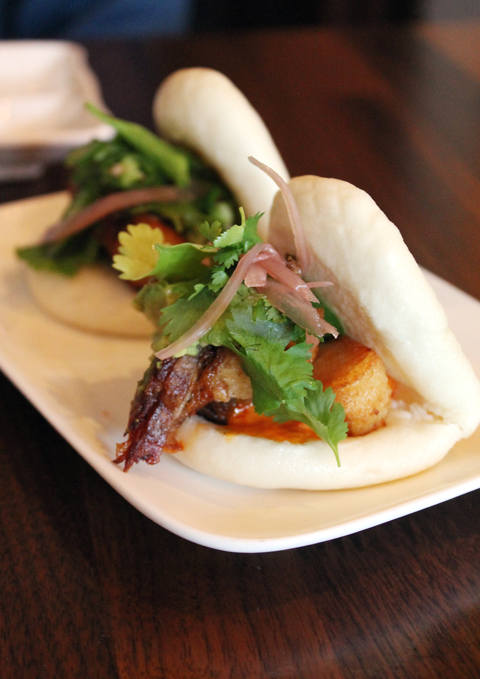
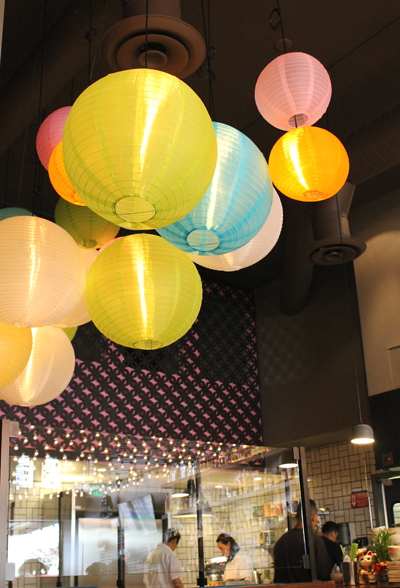
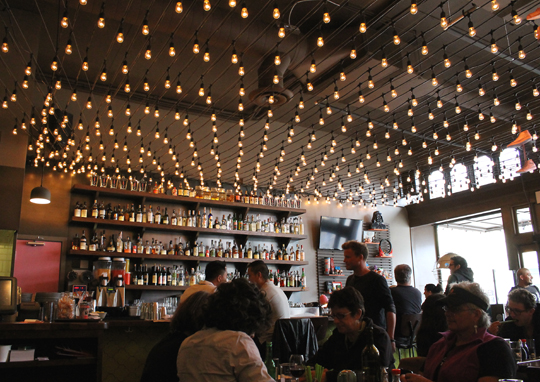
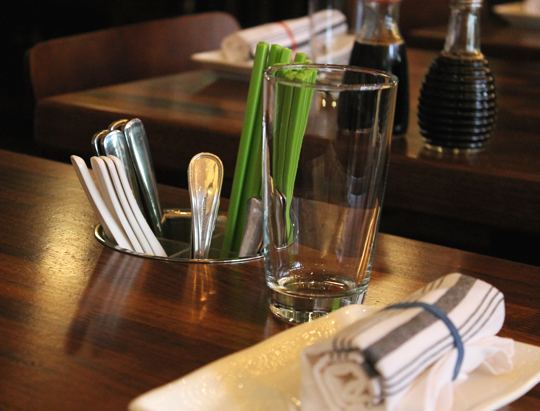
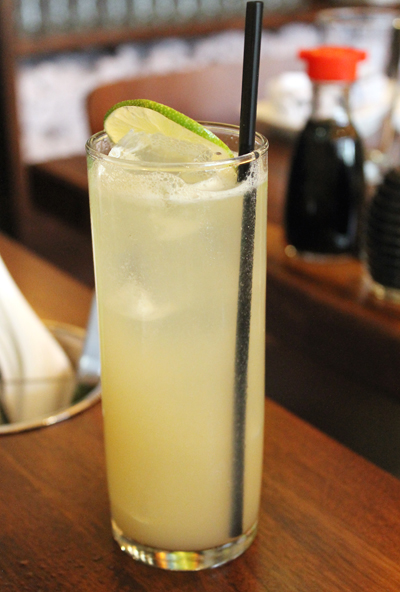
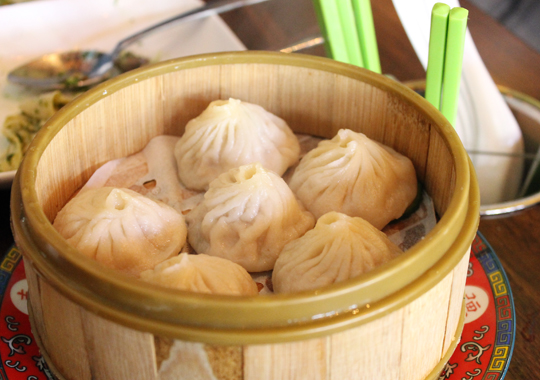
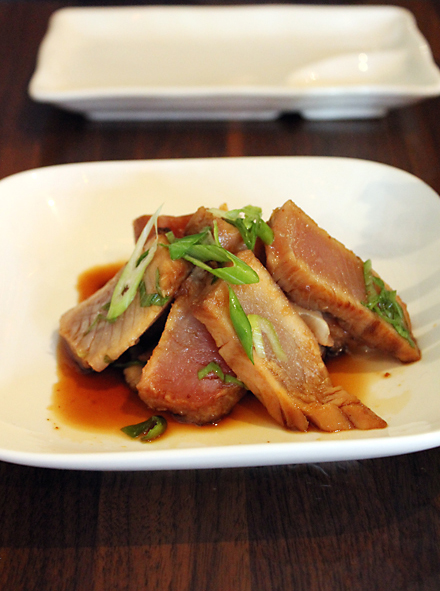
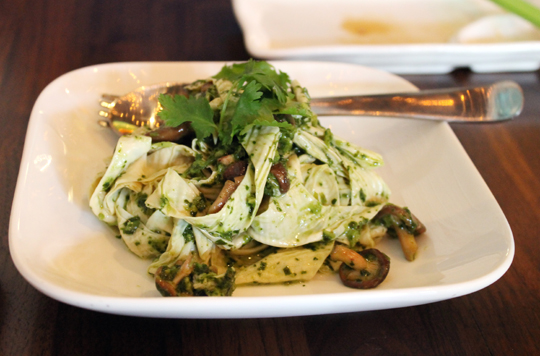
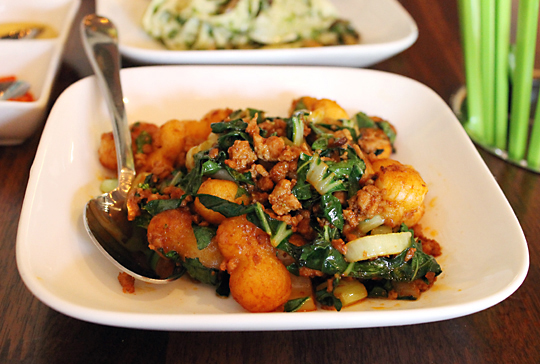
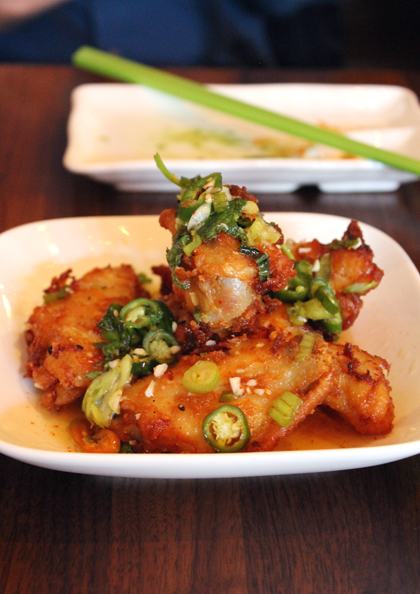
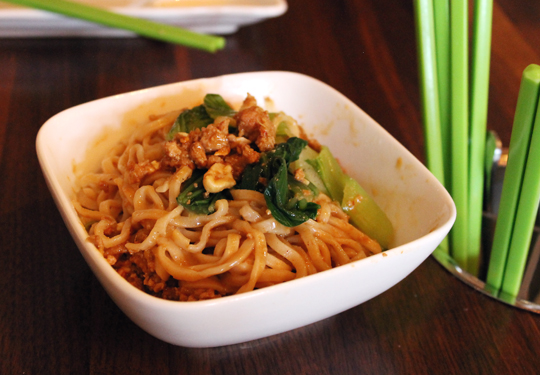
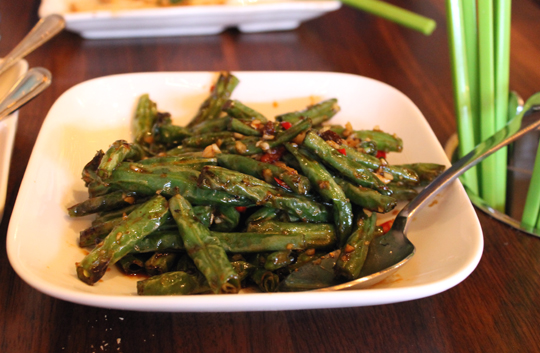
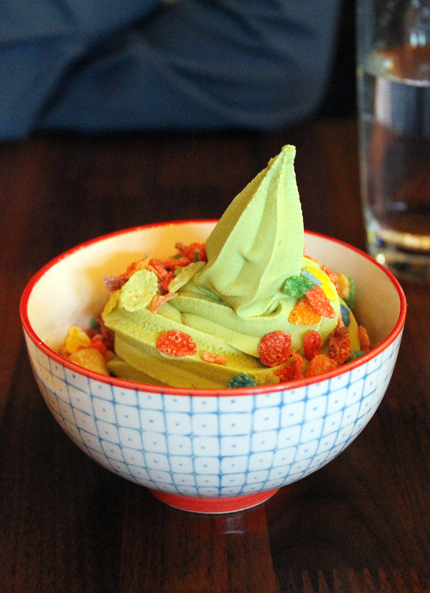
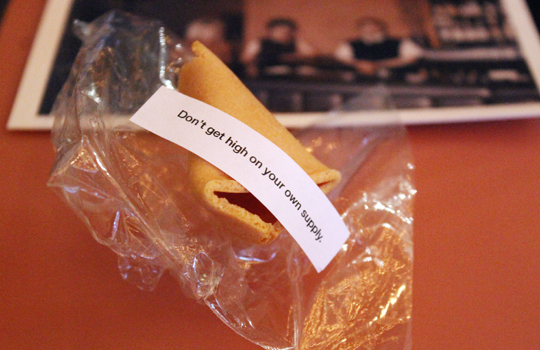
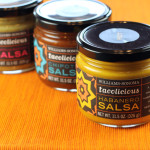
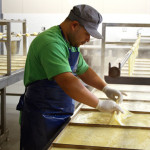
I always like places with sneakers hanging from the ceiling. 😉 Those soups dumplings looks superb! As does everything. What a great place — thanks so much for the review.
My favorite dish was the bun de chicharon. I like it when they get creative and playful with their dishes. Then it matches the vibe of the decor. 😉 Thanks again for letting me tag along, so much fun!
Wow, I’m excited to check this place out. The buns, unsmoked fish and rice cakes look so good! And matcha soft serve? I’m so there.
Every time I stop by I can’t help thinking… “Carolyn has such a delicious life!” You’re always adventuring and eating at such tasty places. Lucky woman!
xoxo
E
This place reminds me of Hawker Fare. I haven’t been trying new restaurants in a while, but your review for this one looks too perfect to pass 😀
Pingback: A Review of Quirky Asian Bites at Chino in San Francisco | Focus:Snap:Eat
Love that fortune cookie lol
YUM! Everything looks so good Carolyn…just made me want to eat now.
Enjoy the rest of your week 😀
Pingback: A Review of Quirky Asian Bites at Chino in San Francisco | Focus:Snap:Eat